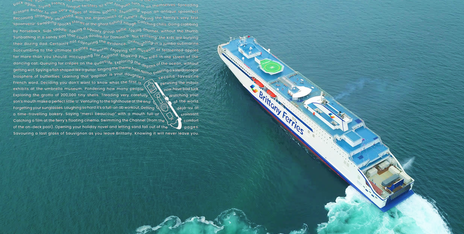How to Understand Attention in Media
Published on 10th October 2024By Georgia Vine-Thomas, Universal McCann Bristol, Associate Director
In 2023, the UK advertising market grew to £36.6 billion (WARC), with digital spending increasing by 11% (IAB). As marketing budgets see the strongest upward revision since 2014 (IPA), advertisers face a daunting challenge: capturing consumer attention in a saturated environment.
The Attention Crisis
Advertisers are in revolt over the way impressions are currently being traded. Viewability standards count an impression as being just 50% of pixels in view; advertisers are effectively paying full price and only receiving half. This phenomenon has been aptly termed the "attention heist". The measurement landscape is going to change drastically, and attention is poised to become the fairer measure of quality impressions, focussed on meaningful consumer interaction.
The Importance of Attention
Why should advertisers take note of changes in the measurement landscape? Research indicates that ads designed to capture attention can boost recall by nearly 80%. For example, a recent campaign for a UM client showed a 7% increase in brand awareness in a relatively short period when attention was prioritised and optimized. Attention can be a crucial driver of business results.
Planning for Attention
To effectively capture attention, advertisers can employ two main strategies:
1. Top-Down Triggers: Personal relevance draws attention. When consumers encounter something that resonates with them, they are more likely to engage.
2. Bottom-Up Triggers: Unexpectedness grabs attention. Surprise elements can cut through the noise and demand focus.
In practical terms, advertisers can now measure attention across digital channels. By comparing attentive seconds with cost per impression (CPM), they can more accurately assess the cost of attention across various media. However, it's essential to recognise that not all channels and formats will yield high attention metrics, yet they may still be the right fit for a specific campaign. Attention metrics should not be considered in isolation.
For instance, linear TV offers what can be termed an "attention bargain." Despite challenges—such as the fact that 20% of ads may be shown to empty rooms or viewers who are asleep, or that 75% of the British public use connected devices while watching TV—TV still provides instant impact, powerful storytelling, and a high level of viewer trust.
While attention metrics offer valuable extra ‘science’ to media planning, effective communications planning requires a balanced approach—acknowledging that different channels may yield varied attention metrics, while also serving campaign objectives. And we know that the ‘art’ – creativity, ideas and brilliant storytelling are just as important in gaining attention, whether it can be measured or otherwise.
Conclusion
As the advertising landscape evolves, there will be an increased emphasis on attention planning and measurement. Although this is still an emerging field lacking a unified methodology, the integration of attention metrics into planning and forecasting is clearly on the horizon.



